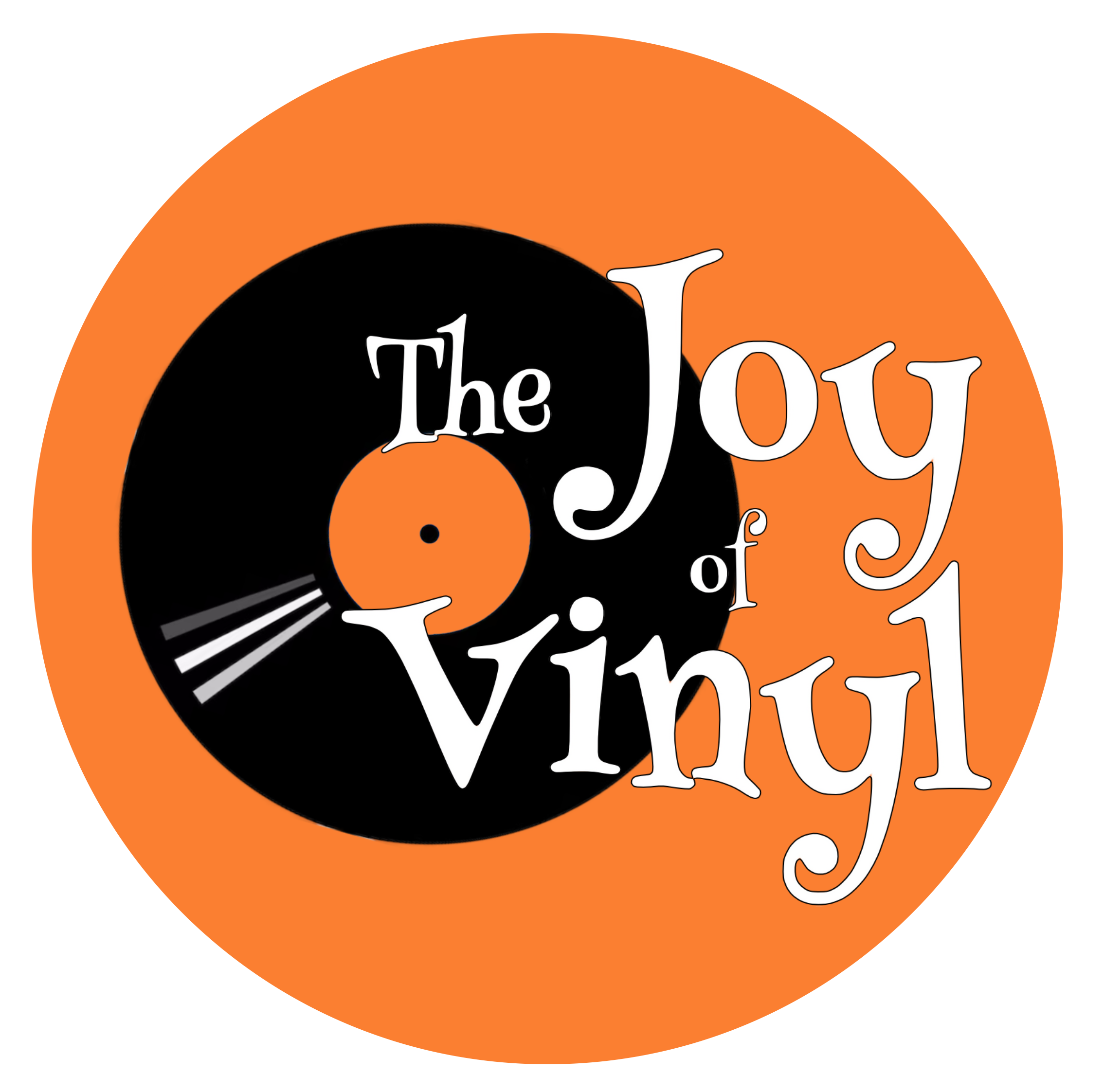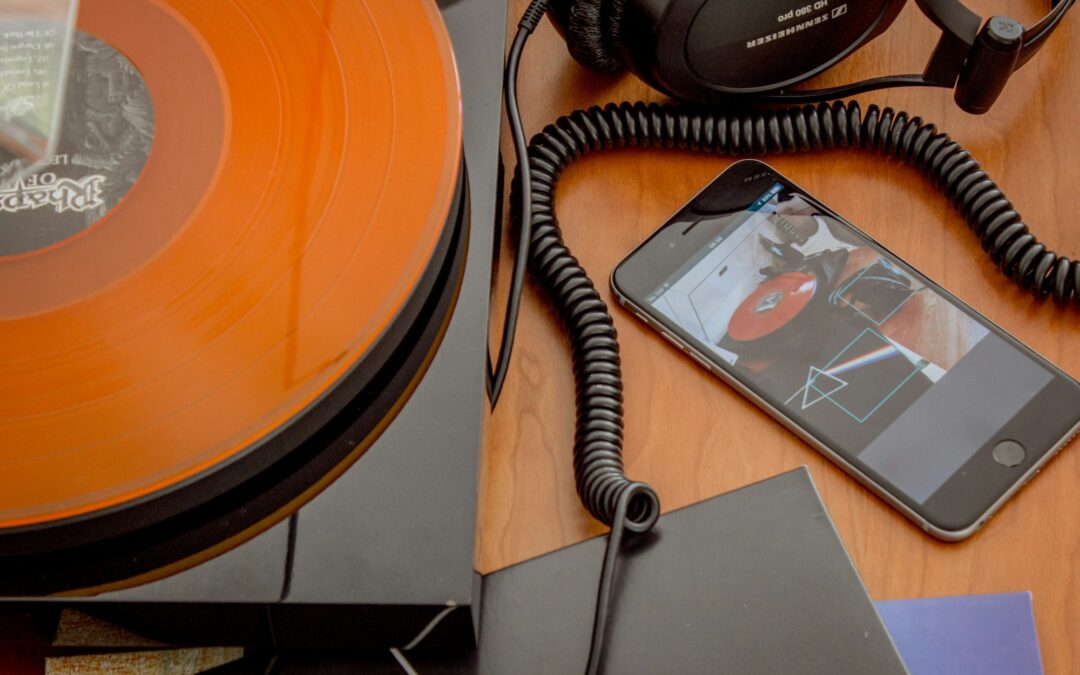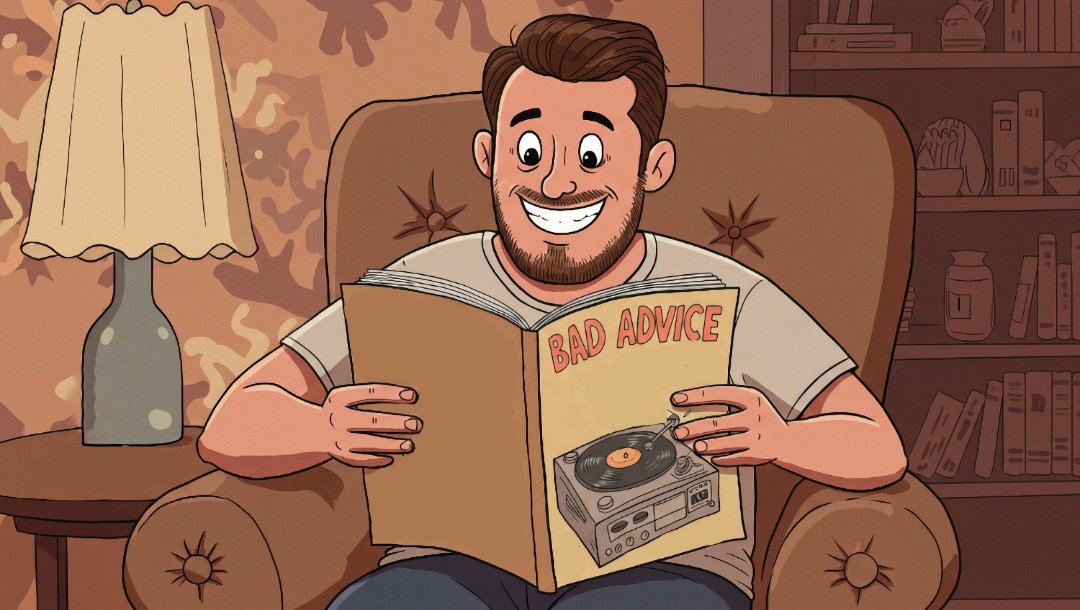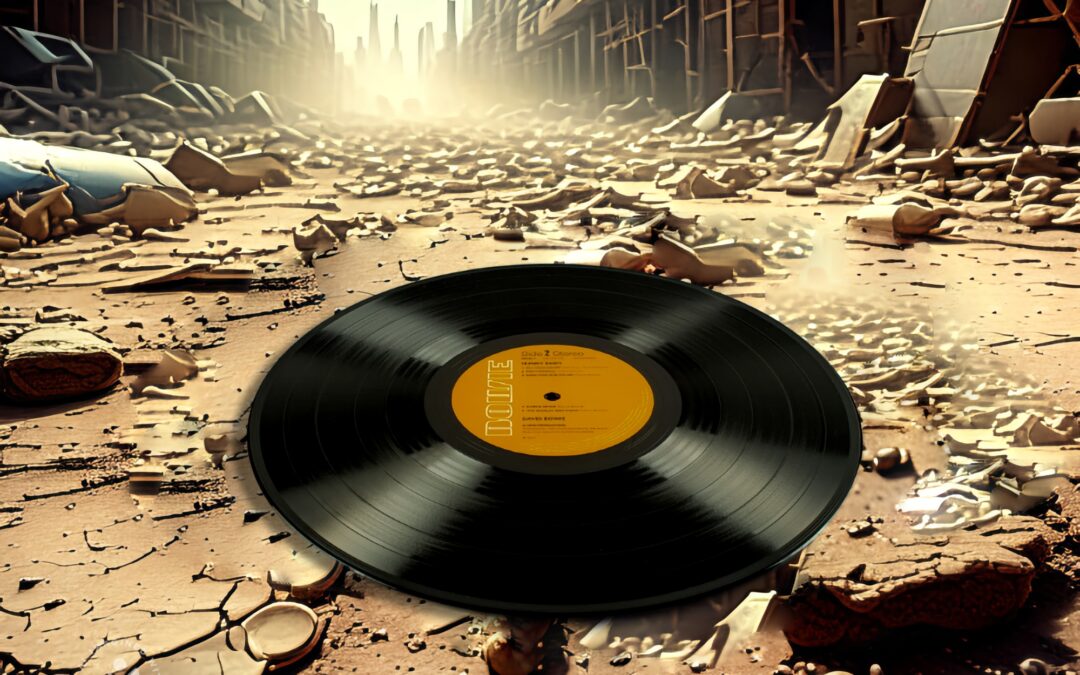I like the convenience of a drive-through when I want a hamburger on the spur of the moment. I’m usually on the go and rushing to the next thing in those moments.
Digital streaming reminds me of those moments. By no means does this extend to everyone who prefers a set of earbuds to a turntable, amplifier, and speakers. But I do want to explore the difference between the vinyl experience and the digital experience as I see it—with an emphasis on the “I.”
As vinyl is my format of choice, I often find myself either defending or explaining why it provides a more intimate and memorable listening experience. Suppose we set aside the usual arguments, such as “vinyl records are warm and rich as opposed to digital”, which are more subjective. In that case, I want to expand that argument instead.
My vinyl journey began around the time digital music started to gain popularity. As digital progressed and shifted from the physical to the intangible, so did the experience of the liner notes, lyrics, and the necessity of being “present”. All of these were things I cherished. When the allure of digital tempted me away from vinyl in the ’90s, I, like many, forgot about the tactile presentation and the ritual of setting up the player. I overlooked how handling a vinyl record, reading liner notes, and the ritual of setting up the player can create a multisensory experience that deepens the listener’s connection to the music.
Before Thomas Edison’s phonograph, the only way to listen to music was to attend a live performance. Previously, music was bound to a specific time and place, requiring physical attendance, often with a program for following along. Edison’s phonograph made it possible to listen to a performance within the comforts of one’s home. Time and place no longer dictated when music could be heard. The artist could reach more listeners. The enjoyment of music went from a social activity to a more intimate setting where it no longer required an auditorium or performance center. At any time of day, one could sit down and listen to their favorite piece of music or explore a new one seated in their favorite chair or as they made dinner. All the listener needed was the right equipment.
Ah yes. The equipment.
This is where many music lovers on the side of digital streaming push back on those who prefer vinyl records. To them, vinyl is archaic, constraining, and expensive. Why spend all that money on a turntable stylus, amp, cables, and speakers to listen to music when all one really needs is a smartphone and a pair of decent earbuds or a Bluetooth speaker?
Fair enough.
I compare the typical digital streaming experience to standing outside the concert hall, trying to hear the music without buying a ticket. It’s a far cry from sitting down and listening to the music in a seat while the musicians perform on stage in front of you. A similar experience can be achieved with quality equipment. And by ‘quality’, I don’t necessarily mean expensive. Excellent equipment can be found for any budget, but it does require more than a smartphone and small speakers.
I mentioned “typical digital streaming experience” in the previous paragraph as it does not apply to all digital playback experiences. Digital has its benefits and can certainly deliver the experience music lovers who wish to be “in the moment” seek to achieve. Many who prefer digital music delivered via CD or high-quality streaming agree that equipment matters. A cheap CD player will produce cheap sound. A shower blue-tooth speaker will deliver sound meant for the shower. The quality of the equipment is where genuine appreciation begins. This extends not only to the vinyl playback experience but to all formats.
For me (and I believe for those reading this), nothing can match the vinyl playback experience with all its routine and ritual. It offers a deeper, more intimate connection with music, akin to a gourmet meal compared to the fast food of streaming.
But you may still catch me in the drive-through line when I’m in a rush.
I like the convenience of a drive-through when I want a hamburger on the spur of the moment. I’m usually on the go and rushing to the next thing in those moments.
Digital streaming reminds me of those moments. By no means does this extend to everyone who prefers a set of earbuds to a turntable, amplifier, and speakers. But I do want to explore the difference between the vinyl experience and the digital experience as I see it—with an emphasis on the “I.”
As vinyl is my format of choice, I often find myself either defending or explaining why it provides a more intimate and memorable listening experience. Suppose we set aside the usual arguments, such as “vinyl records are warm and rich as opposed to digital”, which are more subjective. In that case, I want to expand that argument instead.
My vinyl journey began around the time digital music started to gain popularity. As digital progressed and shifted from the physical to the intangible, so did the experience of the liner notes, lyrics, and the necessity of being “present”. All of these were things I cherished. When the allure of digital tempted me away from vinyl in the ’90s, I, like many, forgot about the tactile presentation and the ritual of setting up the player. I overlooked how handling a vinyl record, reading liner notes, and the ritual of setting up the player can create a multisensory experience that deepens the listener’s connection to the music.
Before Thomas Edison’s phonograph, the only way to listen to music was to attend a live performance. Previously, music was bound to a specific time and place, requiring physical attendance, often with a program for following along. Edison’s phonograph made it possible to listen to a performance within the comforts of one’s home. Time and place no longer dictated when music could be heard. The artist could reach more listeners. The enjoyment of music went from a social activity to a more intimate setting where it no longer required an auditorium or performance center. At any time of day, one could sit down and listen to their favorite piece of music or explore a new one seated in their favorite chair or as they made dinner. All the listener needed was the right equipment.
Ah yes. The equipment.
This is where many music lovers on the side of digital streaming push back on those who prefer vinyl records. To them, vinyl is archaic, constraining, and expensive. Why spend all that money on a turntable stylus, amp, cables, and speakers to listen to music when all one really needs is a smartphone and a pair of decent earbuds or a Bluetooth speaker?
Fair enough.
I compare the typical digital streaming experience to standing outside the concert hall, trying to hear the music without buying a ticket. It’s a far cry from sitting down and listening to the music in a seat while the musicians perform on stage in front of you. A similar experience can be achieved with quality equipment. And by ‘quality’, I don’t necessarily mean expensive. Excellent equipment can be found for any budget, but it does require more than a smartphone and small speakers.
I mentioned “typical digital streaming experience” in the previous paragraph as it does not apply to all digital playback experiences. Digital has its benefits and can certainly deliver the experience music lovers who wish to be “in the moment” seek to achieve. Many who prefer digital music delivered via CD or high-quality streaming agree that equipment matters. A cheap CD player will produce cheap sound. A shower blue-tooth speaker will deliver sound meant for the shower. The quality of the equipment is where genuine appreciation begins. This extends not only to the vinyl playback experience but to all formats.
For me (and I believe for those reading this), nothing can match the vinyl playback experience with all its routine and ritual. It offers a deeper, more intimate connection with music, akin to a gourmet meal compared to the fast food of streaming.
But you may still catch me in the drive-through line when I’m in a rush.
– READ NEXT –
Subscribe to The Joy of Vinyl Newsletter




